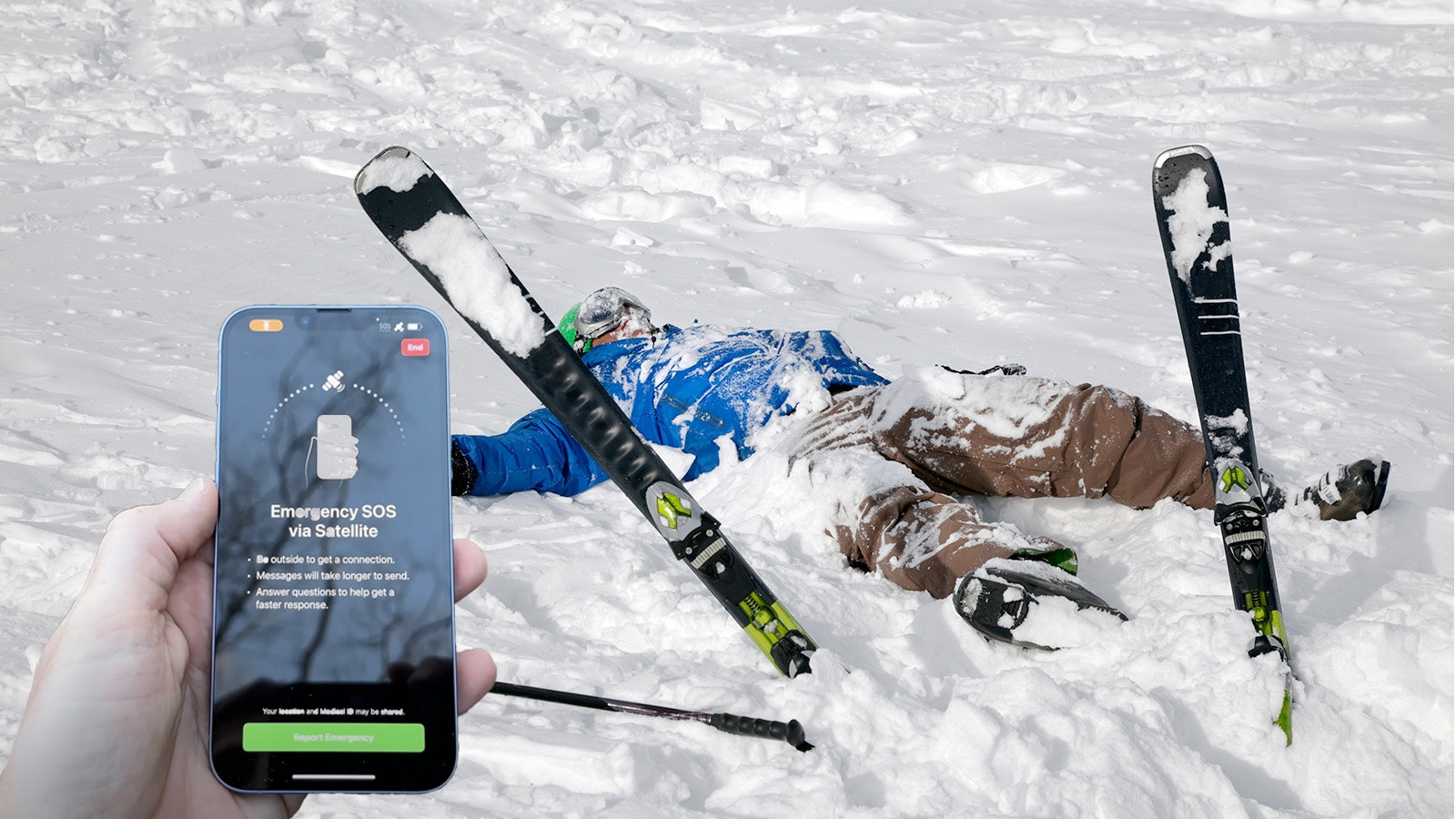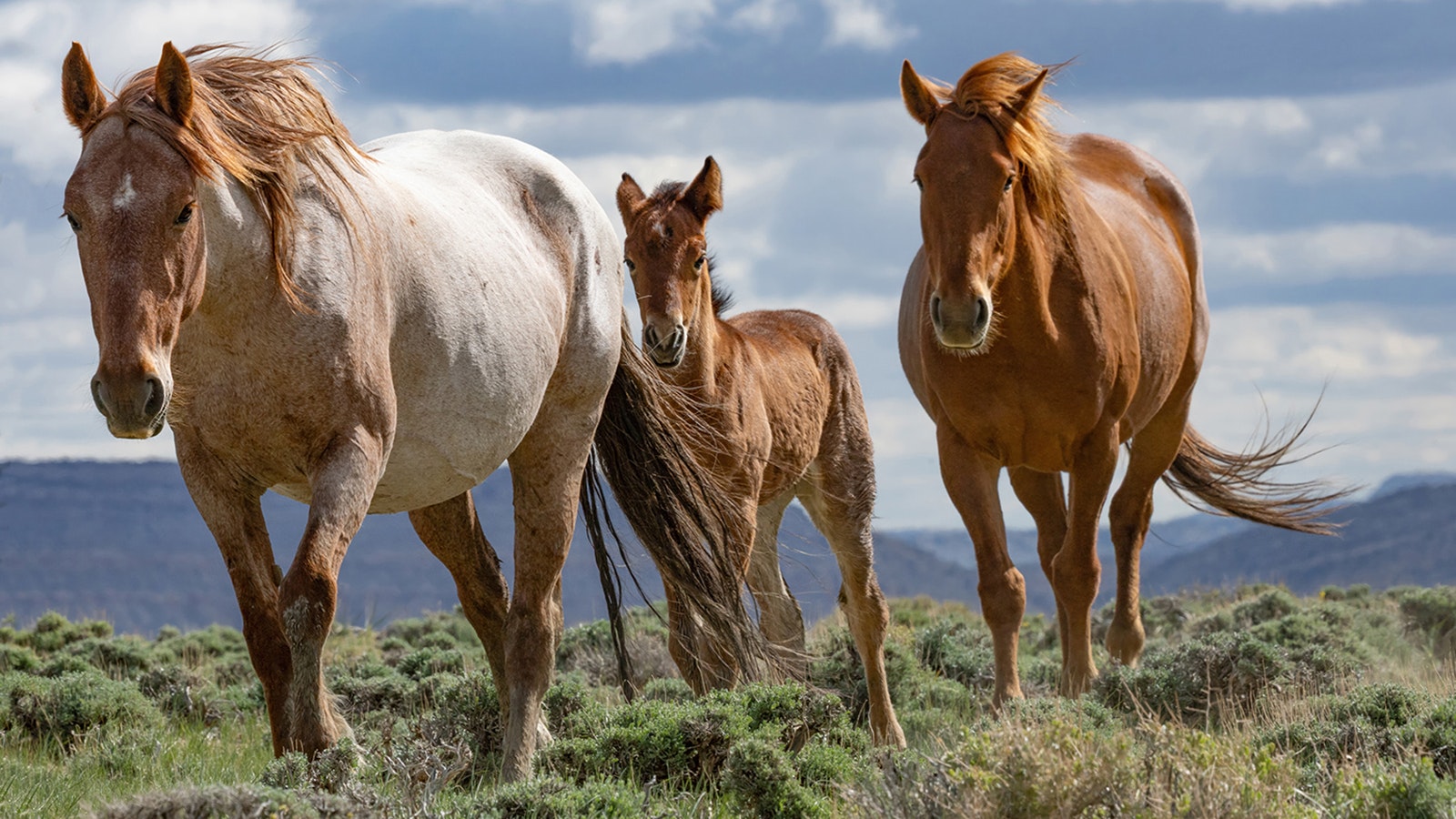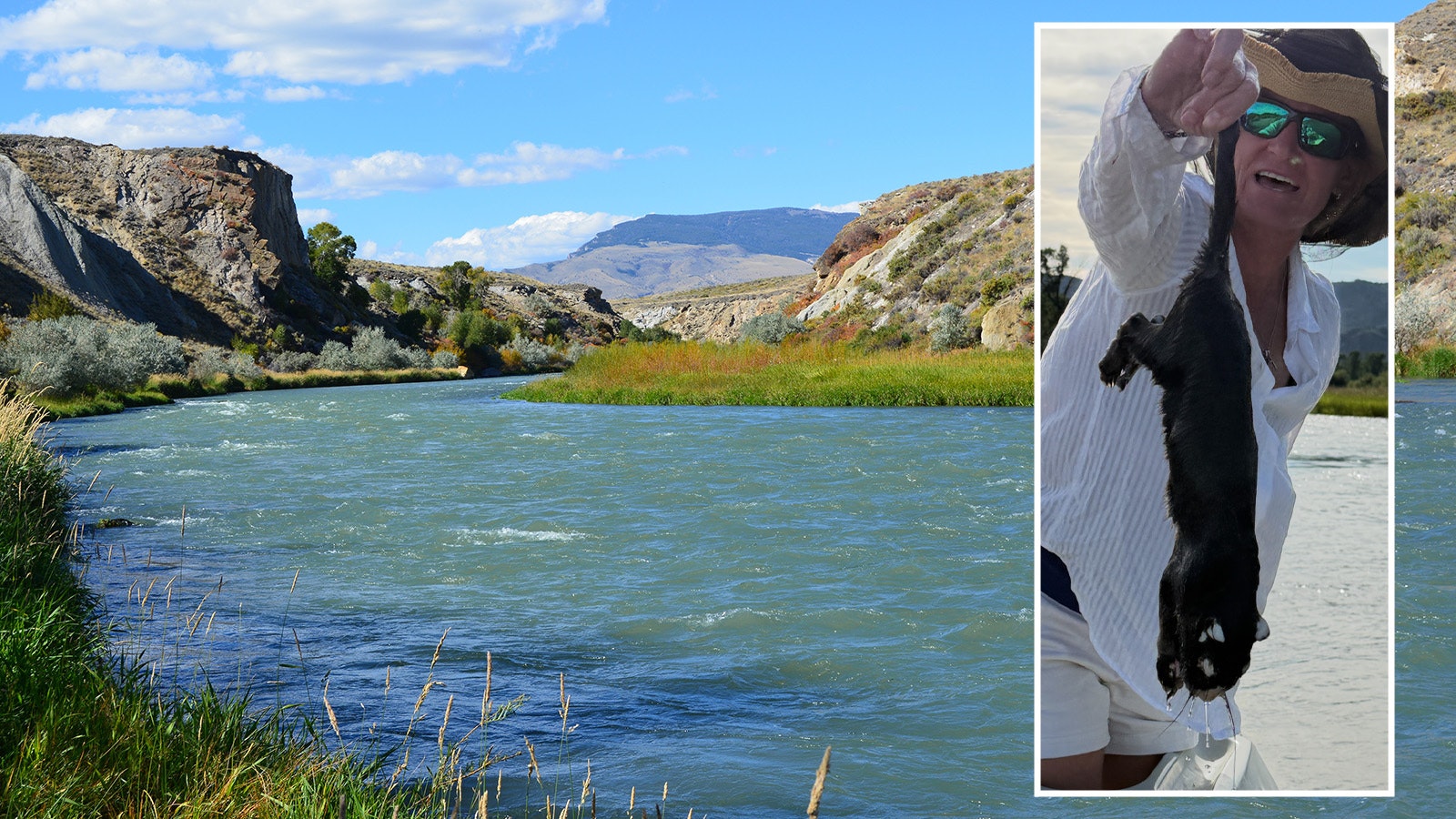It won’t exactly be a wonderful life for Wyoming first responders this winter if every time someone faceplants while skiing an emergency hotline automatically rings.
Because many newer Apple devices come with an automatic “SOS” feature, there’s concern that could inundate local dispatch centers with bogus emergency calls.
It’s already started in Teton County, Sheriff Matt Carr told Cowboy State Daily.
“Yes, it has been a problem,” he said. “We got probably a half-dozen to 10 calls the first day the ski area (in Jackson Hole) opened, and it’s been fairly steady every day since.
“So far, none of them have been actual emergencies.”
In Lincoln County – with its vast network of snowmobile trails – rescuers haven’t yet received too many false alerts from Apple devices.
But there’s a sense of foreboding about it, country Road and Bridge Supervisor Matt McCloud told Cowboy State Daily. He’s also involved with the county’s search and rescue team.
“I think we’ll just keep holding our breath,” he said. “We’ve got a ski lodge here, and we have major snowmobile trails. We’ve got snowmobile trails running from Afton all the way down to Kemmerer.”
That could make for a lot of faceplants.
It’s a situation mirrored across Wyoming as snowmobilers, snow bikers, alpine and Nordic skiers, snowboarders, snowshoers and others head for resorts and backcountry trails.
A Sudden Stop Sets It Off
Apple’s new iPhone 14 model, as well as some of the company’s newer smartwatches, come with crash detection features. That means if the devices detect a sudden stop, they will after a brief time automatically send out a 911 call or emergency alert.
It’s caused chaos in Summit County, Colorado. The 911 call center there has been bombarded with alerts from the devices, most of them because skiers or snowboarders biffed it.
The problem reaches beyond Colorado and Wyoming.
The British Columbia Search and Rescue Association recently posted an alert on Facebook urging Apple users to update the settings on their devices to prevent them from sending out any more false alarms.
‘A Gotta-Go Situation’
If somebody who has taken only a routine spill has their phone stashed in a pack or deep pocket – and doesn’t realize that the SOS feature has gone off – emergency responders have no way of knowing that, Jim Mitchell told Cowboy State Daily.
Mitchell is president of the Wyoming All-Hazards Association and a member of Tip Top Search and Rescue.
That means rescuers have to assume the worst, he said.
“These things are like pressing a big red button,” Mitchell said. “If we get one of those alerts, it’s a ‘gotta-go’ situation.”
Carr agreed, but said in some instances, emergency dispatchers have been able to determine that the people on the other end were probably OK.
“If they can hear people laughing in the background and then detect that the device is moving again, then there might not be an accident,” he said.
Not The First Go-Round
Carr added this isn’t the first time that ambitious software developers outpaced practical implementation.
“Years ago, we had a similar situation with Onstar technology in automobiles,” he said.
Onstar, first developed for General Motors vehicles in the 1990s, is a system designed to automatically call emergency dispatch if it detects a vehicle has been in a crash.
In the new technology, besides the embedded Apple emergency alert software, there are downloadable programs such as Life360, Carr said. And those can cause similar problems if they mistake a harmless wipeout for a gravely dangerous accident.
“These (false alert) calls are very time consuming. They’re very problematic,” he said. “We’ve reached out to Apple about these problems, but we haven’t gotten a response.”
Maybe Just Turn It Off
Perhaps for now the best thing people can do is disable that app on their devices, if they don’t anticipate being in a situation in which they might actually need it, Carr said.
“We’d recommend that people turn off that function on their phones, because it’s not functioning the way it should,” he said.
To disable the feature on the iPhone 14, go to “Settings > Emergency SOSZ” and turn off “Call After Severe Crash.” On older iPhones, turn off the “Call with Hold” feature.





